The Man Behind the Atlas of the Irish Revolution.
The "Atlas of the Irish Revolution" followed on from "The Atlas of the Irish Famine" as a surprise Irish History and Heritage best-seller. And no wonder! Both are wonderful volumes that bring so much of our recent history to life. In this interview we chat with Mike Collins, Publication Director with Cork University Press about the origins and gestation of these books - and more about his own very Irish roots.
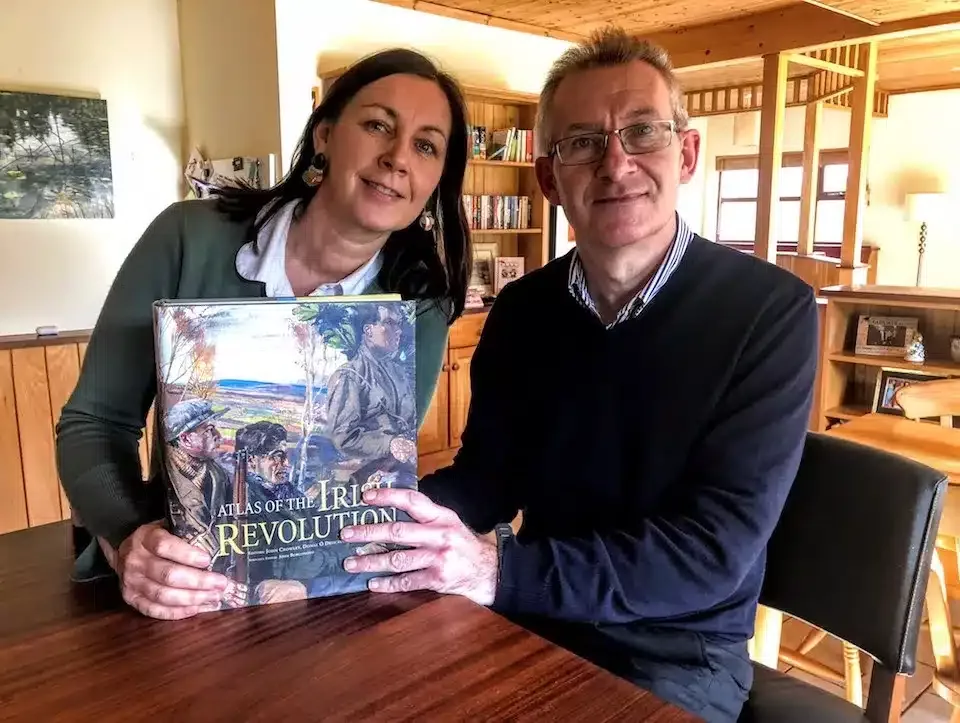
Today, we’re going to meet a man whose organisation is at the forefront of sharing Irish history and heritage among so many people of Irish descent around the world.
The organisation is Cork University Press – a prolific publisher of books like “The Atlas of the Irish Famine“ and “The Atlas of the Irish Revolution“ and their publications director is Mike Collins (no relation to myself).
In this interview, Mike shares the origin stories for many of the Atlases that CUP publishes, his own background growing up in an Irish household in England and much more. I do hope you enjoy!
MIKE: Cork University Press has just published “The Atlas of the Irish Revolution”. Before we come to that, how did you come to live in C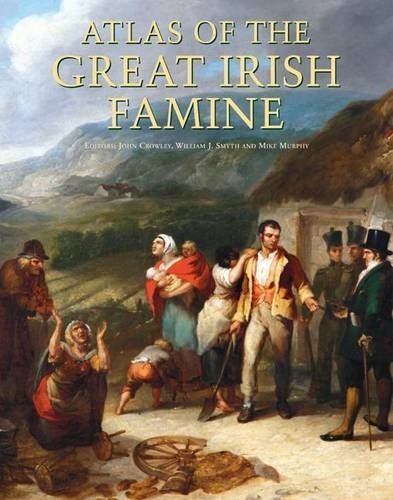
MCUP: I was working in the UK for a number of publishers and always had an idea of moving back to Ireland. I was looking through Bookseller magazine and saw an advertisement for a sales and marketing director at CUP.
I had a discussion with the family and we decided that it would be a good move so we arrived in Ireland in 2002.
MIKE: You were born and reared in England. However, your mom and dad both came from Ireland. Did they meet in England?
MCUP: Yes, my mom was from Hospital in County Limerick and dad’ from Scariff in County Clare. They both immigrated in the early 1950’s, met and got married. They met in Stafford – near Birmingham – a market town of about 60,000 people. That is where I was born.
MIKE: What were some of the Irish surnames in your Irish family tree?
MCUP: On my dad’s side it’s Collins and McMullen and on my mother’s side Cregan and O’Sullivan.
MIKE: When you were growing up, were you aware of being an Irish household in England?
MCUP: Yes we were! There was a strong Irish community in Stafford. There was an Irish club and all the Irish people tended to socialize together. On particular events like Patrick’s Day, we would get the shamrock and the badges sent over from Ireland. At Christmas, we’d get the turkey, black pudding, ham and sausages from my grandfather’s farm in east Clare. My parents listened to Irish music and followed Irish news. It was very much about being in an Irish community within the UK.
Every two years, we’d go back to stay on the farm in Scarriff in Clare. Then, we’d do day trips to see my other grandfather in Hospital in Limerick.
MIKE: That brings us into the idea of the Atlases. You seem to have a history in atlases if you pardon the pun! There was the “Atlas of the Irish Famine” which was developed on your tenure. That book appears to be the one that put you and CUP on the radar. I know that a lot of our Green Room members have bought it over the last couple of years. Do you think there is a growing awareness of the Irish Famine and how it’s represented?
MCUP: Until we brought out “The Atlas the Great Irish Famine” there was a silence from Irish academics on the subject. Other large works were brought out but published by overseas authors. We saw the book as laying a foundation for further research into the many different areas of the famine.
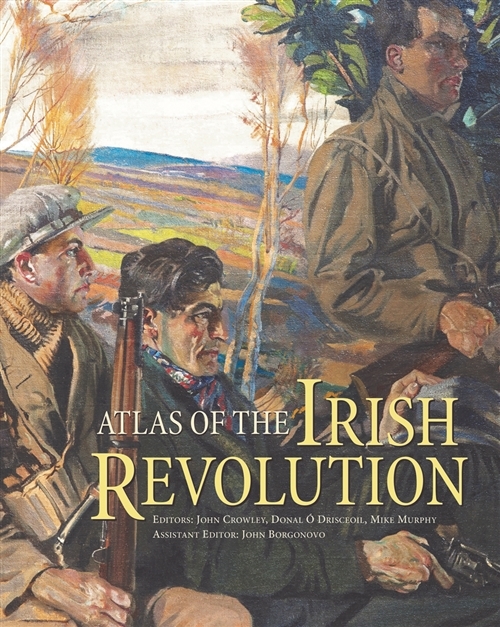
MCUP: The CUP and University College of Cork were looking for a way to examine the various Irish Revolutions from 1830 to 1923. The suggestion was that we look at using the format of the “Atlas of the Great Irish Famine”. We formed a team of UCC historians and geographers. Then, about five years ago, we started looking at content.
The advantage of publishing within our own university is that we could meet on a weekly basis. A project this complex where there’s over 105 authors, 984 pages, 700 illustrations and 364 brand new maps needed that. Once the draft was submitted for publication, the plan was to publish for the centenary of the Easter rising in 2016. But the book grew and grew and was delayed by a year.
That was fortuitous because 1916 centenary saw the publication of over 200 books about the Easter Rising. So when the “Atlas of the Irish Revolution” came out a year later we had the whole field to ourselves. It was also the first book to cover the entire revolutionary period back to pre-famine times.
MIKE: What period, if you’d just remind us, does the Atlas cover?
MCUP: It covers the pre-famine years when the seeds were sown for future Irish Revolutions. This is followed by the home rule crisis, the Easter rising, the formation of the Dáil (Irish government) in 1918, the War of Independence and the Civil War – and finally how the various revolutions affected subsequent Irish affairs to 1948.
By the way, until we published the Atlas of the Irish Revolution, I didn’t realise that Michael Collins was interned in my home town of Stafford, in Stafford prison!
MIKE: Flick over any page in this book and it just pulls you in – the colour and the layout. Congratulations on a fantastic achievement! How has the book been received since publication?
MCUP: “The Bookseller” called it the surprise hit of the year. Based on previous sales of similar books, we printed 800 copies thinking that would last 12 months. It actually lasted six weeks. So then we had to go back with a larger re-print of 14,000 copies. It also won the overall Irish book of the year in 2017.
MIKE: That is a fantastic achievement. What is your own favourite part of the atlas?
MCUP: I think what’s unique about the atlas, apart from the visual element, are the figures – the figure captions are almost mini essays. I don’t know if the reviewers have picked this out previously.
MIKE: It’s almost like you could read the book at different levels – through the figures and captions or the deeper text.
MCUP: Also, because it goes down to parish level, you can hone in on your own family’s parish and see what was happening at the time. Ireland is so local!
MIKE: Looking forward for yourself and CUP, what projects do you have in the pipeline?
MCUP: We’re continuing with the Atlas series. We’re working on a coastal atlas of Ireland. This has never been done before for an entire country. The beauty of Ireland is that it has such different shorelines – and our work could be used as a case study for coastal areas in larger countries. This atlas will not just cover geology and geography, but music, fisheries, history and will be, we hope, a fantastic atlas.
MIKE: That sound absolutely compelling to tell you the truth. Mike, thank you again for your time.
MCUP: Thank you. It’s been a pleasure.
A big thanks to Mike for sharing his story – and that of the amazing Atlases that Cork University Press has published over the last number of years.
Slán for now,
Mike & Carina.
The Atlas of the Irish Revolution is available for sale at this link (Green Room members can get the book at 20% off and free shipping to anywhere in the world. See more about The Green Room here).

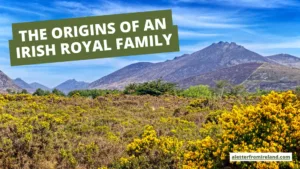
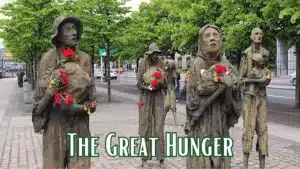
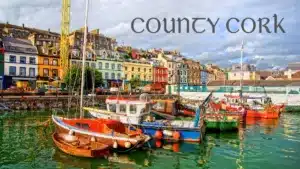
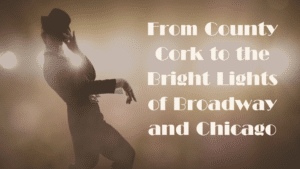
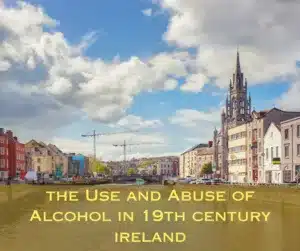
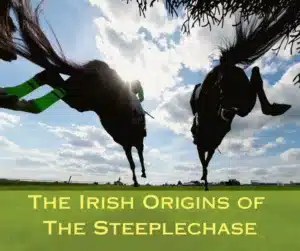
Only Plus Members can comment - Join Now
If you already have an account sign in here.